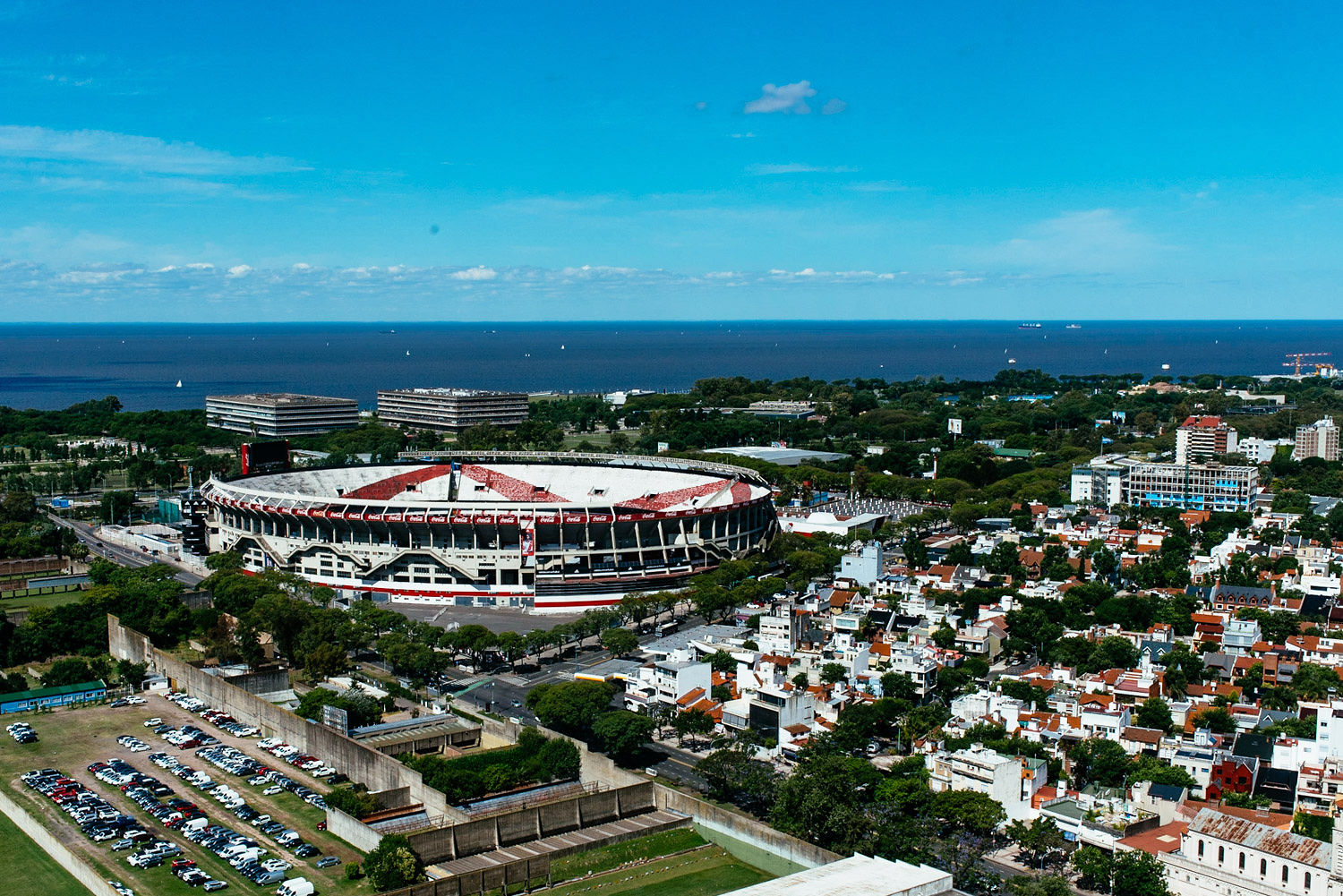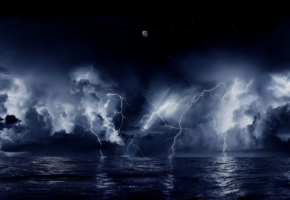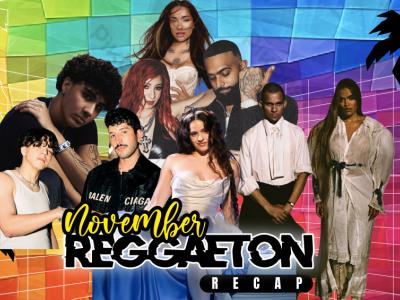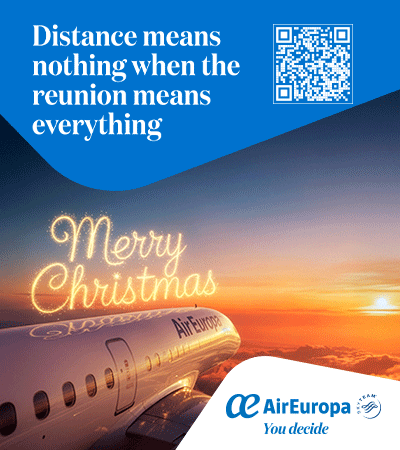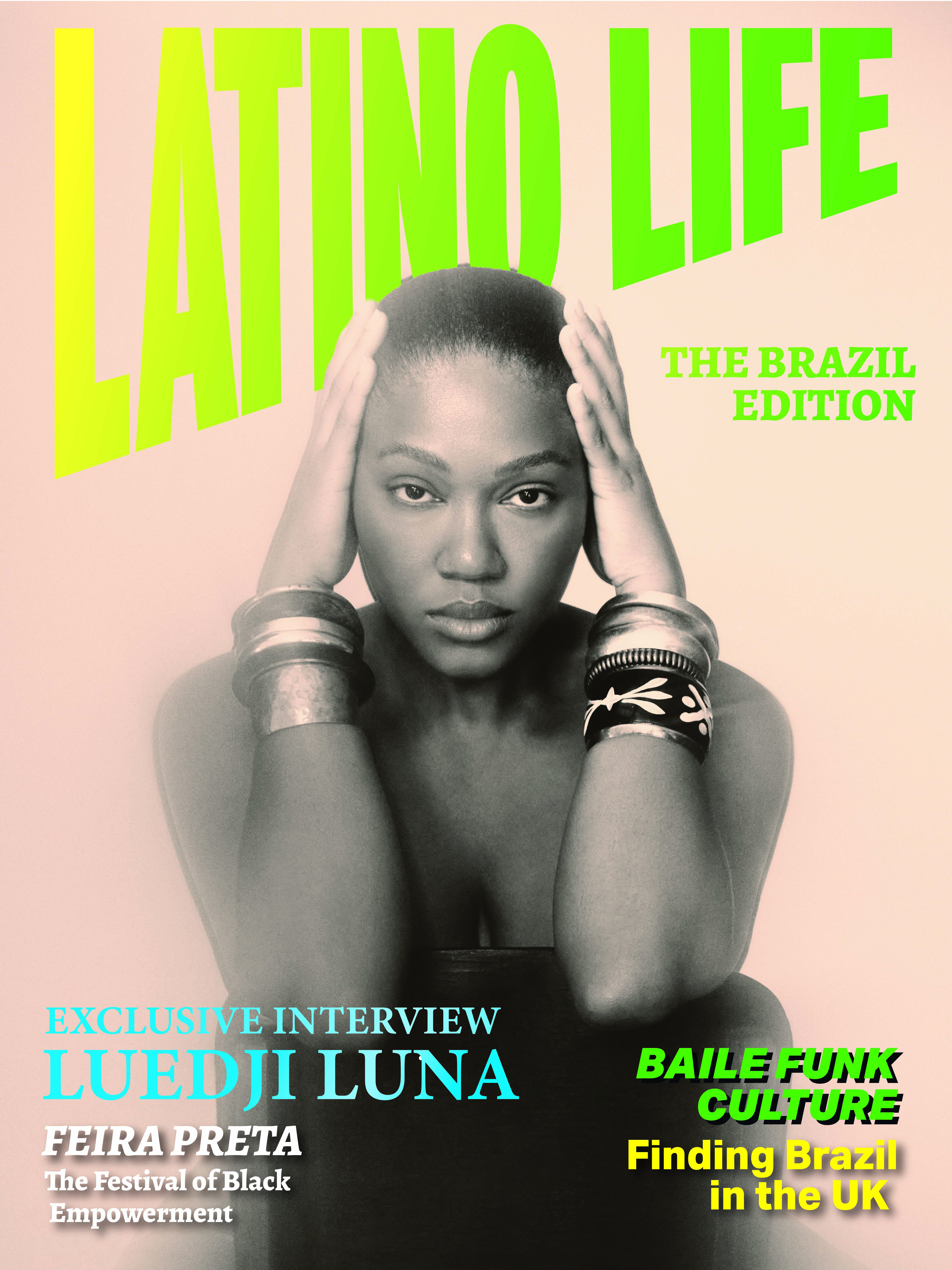Before Palermo became Palermo Soho, with its boutique hotels, over-priced restaurants and international flagship stores, it was a querky pebble-stoned neighbourhood, inhabited by creatives and bohemians. Now that Palermo Soho is a prime tourist destination, Nuñez reminds me of how Palermo used to be, full of independent shops, cafes and restaurants, traditional and new, but still a neighbourhood, where a diverse but very Porteño (local) demographic go about their daily lives. With its own sense of identity and community, Nuñez is reminiscent of London's Crouch End or Stoke Newington or Barcelona's Sant Cugat or Poblenou.
1. Where the Media Luna is King
Such is the quantity and variety of independent coffee shops in Nuñez, that I wake up pondering which I feel like going to that day. Each one (and there is virtually one on every block) serves cafe de especialidad, invariably in bespoke pottery. There is fierce competition between cafes as to who produces the best coffee and, of course, the best medialunas, Argentina's very own style of croissant, which are almost as famous as its beef. The traditional sticky, sweet and slightly heavy, but very delicious, variety have now been perfected by artisan bakers in the cafes, who tend to make them lighter, fluffier and more buttery. Having sampled café con medialunas in about 20 cafes, we've identified our favourites, which include:
Demente owned by the very attractive master-baker Vicky Poggi, whose medialunas are flaky, light and easy on the grease. Plus, every year Vicky turns her café into a fun street party, with live music, coffee cocktails and a barbeque where steaks are stuffed into here her flaky croissants for the best steak sandwiches. Medialuna award nominees also include the slightly more greasy but very delicious ones (favoured by my kids) from Fuerza Atelier and Báltica, a very pleasant corner hang out on 11 de Septiembre and Quesada, which is also a great work space, until the lunching school girls arrive at midday. I also really like the vibe at Jamarillo on the other side of Cristobal Larralde (walking towards the ESMA Museum), which is up there in world class medialunas department, has great coffee and very friendly staff. Plus that corner (Jaramillo and 11 de Septiembre) is a great sun-trap.
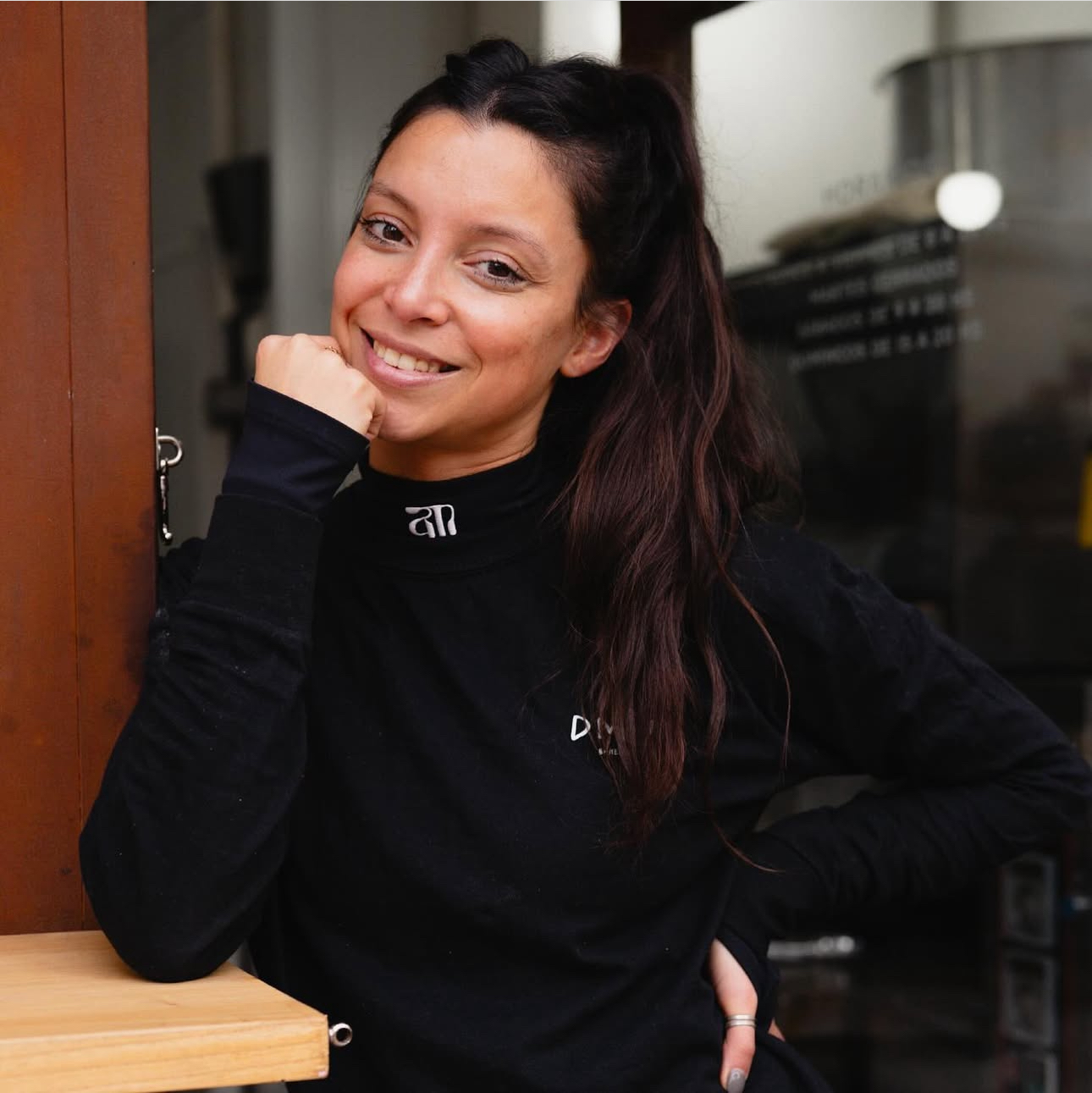 | 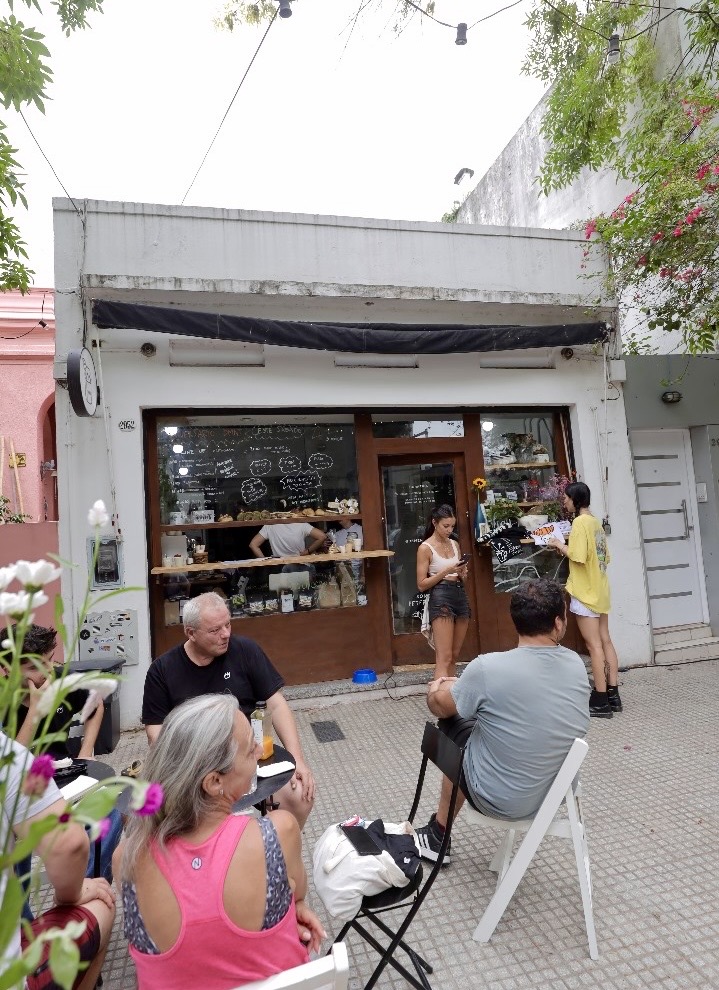 |
2. Plant Passion
You can tell that Nuñez residents love Nuñez by the little fences they build around the many trees on every block, wherein they create mini gardens of exotic fauna. Buenos Aires is known for its tree-lined streets, but after a while in Nuñez you start to notice that each tree has its own special undergrowth - sometimes tropical, sometimes exotic cactii - as if each green bouquet reflects the style of the homeowner that planted it. For me, this gesture of collective care is a sign that society is alive and kicking in Argentina, despite the political and economic frustrations and uncertainty that characterise the country. Sometimes the trees will carry a little sign 'our pavements are not your toilet' with attached bag dispensers, urging dog owners to pick up their shit, which there is a lot of - just as if to remind us of Argentina's often exasperating, sometimes endearing, contradictions!
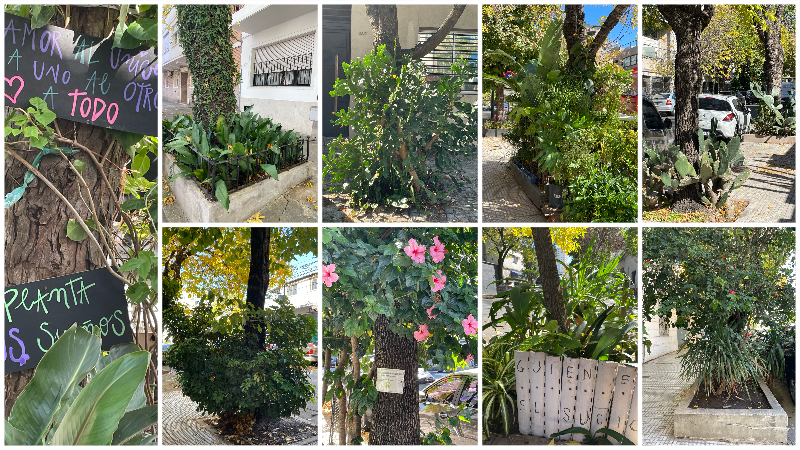
3. El Muni
One of the things you start to notice about Nuñez is that there are a lot of sporty people about. Perhaps needing to burn off those medialunas they've just eaten, you see Argies armed with water bottles everywhere, evidently going to or coming from some sort of intense activity in one of the dozens of sports clubs. Here, it seems every trade union and every ethnic community has its own club, reflecting this city of immigrants. 'The club', hence, is not always a privilege of the rich like in other countries, but a meeting place for communities around sporting facilities, some run-down, others state of the art, but all serving a cultural love of, mainly, the ball - football, tennis, hockey, padel, rugby, even golf.
The Club Cuidad de Buenos Aires, otherwise known as El Muni, was founded for workers of the municipality (hence the name) and still has a heavy discount for public service workers. It's 1940s rationalist building is more scruffy-retro than glamorous, but its immense facilities - including golf course, rugby pitch and three swimming pools (two outdoor and one indoor) are both impressive and accessible. I prefer El Muni to the posh sports clubs of Palermo like the Buenos Aires Lawn Tennis or El Argentino because, apart from being affordable, it's buzzing with visibly elite sports activity. While you sit by the pool (on a lounger you have to bring yourself) your gaze will casually land on the multiple-Olympic-medal-winning Leonas (Argentine Hockey Team) practicing their skills, or, in the gym you'll spot a Top 50 ATP tennis player, like Francisco Cerundolo or Mariano Navone, preparing for Europe's clay court season. The club oozes Argentina's passion for sport, which produces world class results on the global stage.
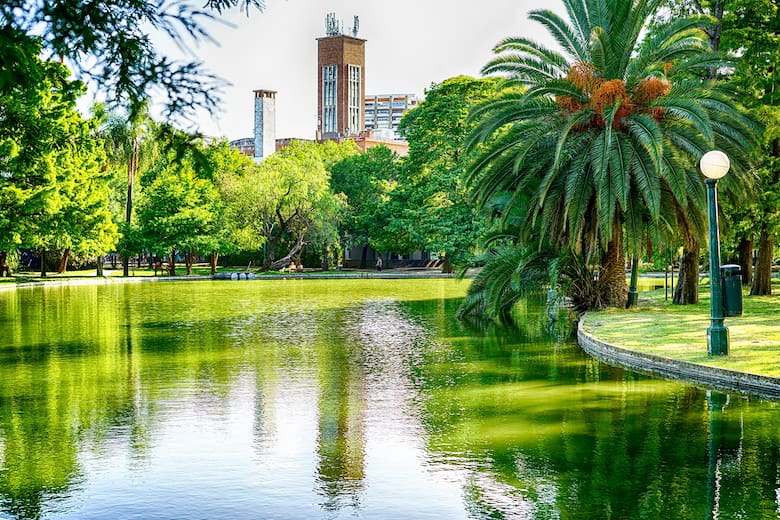 | 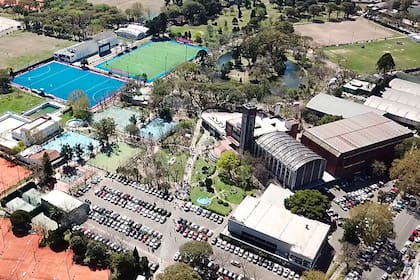 |
4. Haute Cuisine and Bodegónes
There are many amazing restaurants in Nuñez, from posh fine-dining, trendy tapas to bodegónes and parrilla. If you fancy upmarket, then I'd totally recommend the newly opened Amina, which reinterprets bodegón classics with a touch of class (see four full review) as well as the Michelin-mentioned Piedra Pasillo which has proper works of genii on a plate. For parrilla (Argentine steak house) I like the feel and simplicity of Solomía. Perhaps strangely for a steak-eating country, there is a really outstanding fish restaurant, La Pescaderia which serves fish in every single format you can imagine and to a super high level. It's impressive menu libre (a tasting menu of sorts) is full of fantastic dishes, such as its amazing Wasabi fish ceviche, sumptious prawn croquets, great sushi, clam fettuccine, paella and even traditional fish and chips. It is ALL delicious and you can have as much as you want for a set price of 35,000 pesos (like £25) which is great value for BA at the moment. I suggest finishing off with a dulce de leche creme brulée. There is also a much-loved Veggie restaurant, Hola Chola, which has poached one of the best locations in Nuñez, a little corner on the lovely street of Parissien, next to the railway tracks, where locals congregate in the afternoon sun. When I'm feeling like a light dinner, I pop by Empanadas Tremendas, whose unusual range of deluxe emanadas include sweetbreads, ossobucco and gorgonzola and pear, as well as the classic Argentine range (beef chicken and ham and cheese). All delicious whilst sitting with a glass of wine on any spring, summer or autumn evening on the pavement tables.
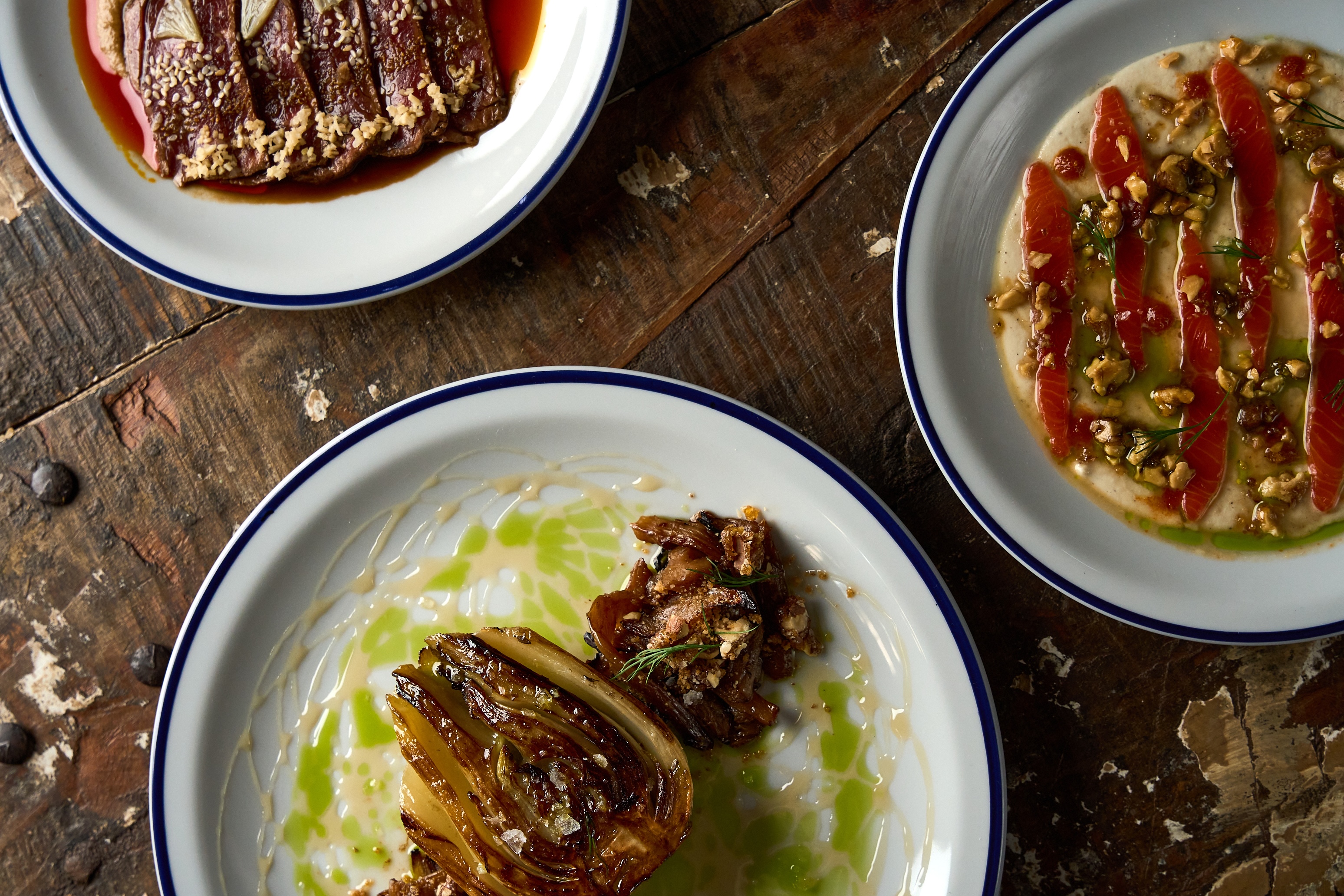
5. The Joy of Multi-use Venues
The River Plate stadium naturally takes up quite a lot of space and attention in the neighbourhood. Every other weekend Avenida Libertador is choka with buses coming in from Greater Buenos Aires, red and white bodies hanging out of the windows whilst setting off flares, being dodged by local families meandering down to support their club (here in Argentina fans still own the clubs). The iconic football club also has a sports club inside, with indoor and outdoor pools, tennis courts etc) which any member of the public can join, as well as a primary and secondary school, which have to give the children a day off on weekday matches or when Elton John or Oasis are playing in the stadium.
But this music-venue-cum-football-and-social-club- school idea isn't exclusive to River. Just opposite the Muni on Libertador Avenue, Club Obras Sanitarias (the sexy English translation being Sanitary Works Club), was set up by, you guessed it, for the city's Sanitary workers. At around 2pm, its primary and secondary school students of the Instituto Obras - , in their black and yellow colours, pour out like little bees buzzing about the neighbourhood. In the afternoon, towering basket ball players in the same colours jigsaw their way through the crowds of little bees into the Obras sports club. And in the evening, queues for Teatro Obras, one of the city's most notable music venues. These multi-use venues is what makes Nuñez so vibrant and keeps business thriving for local the cafes and bars.
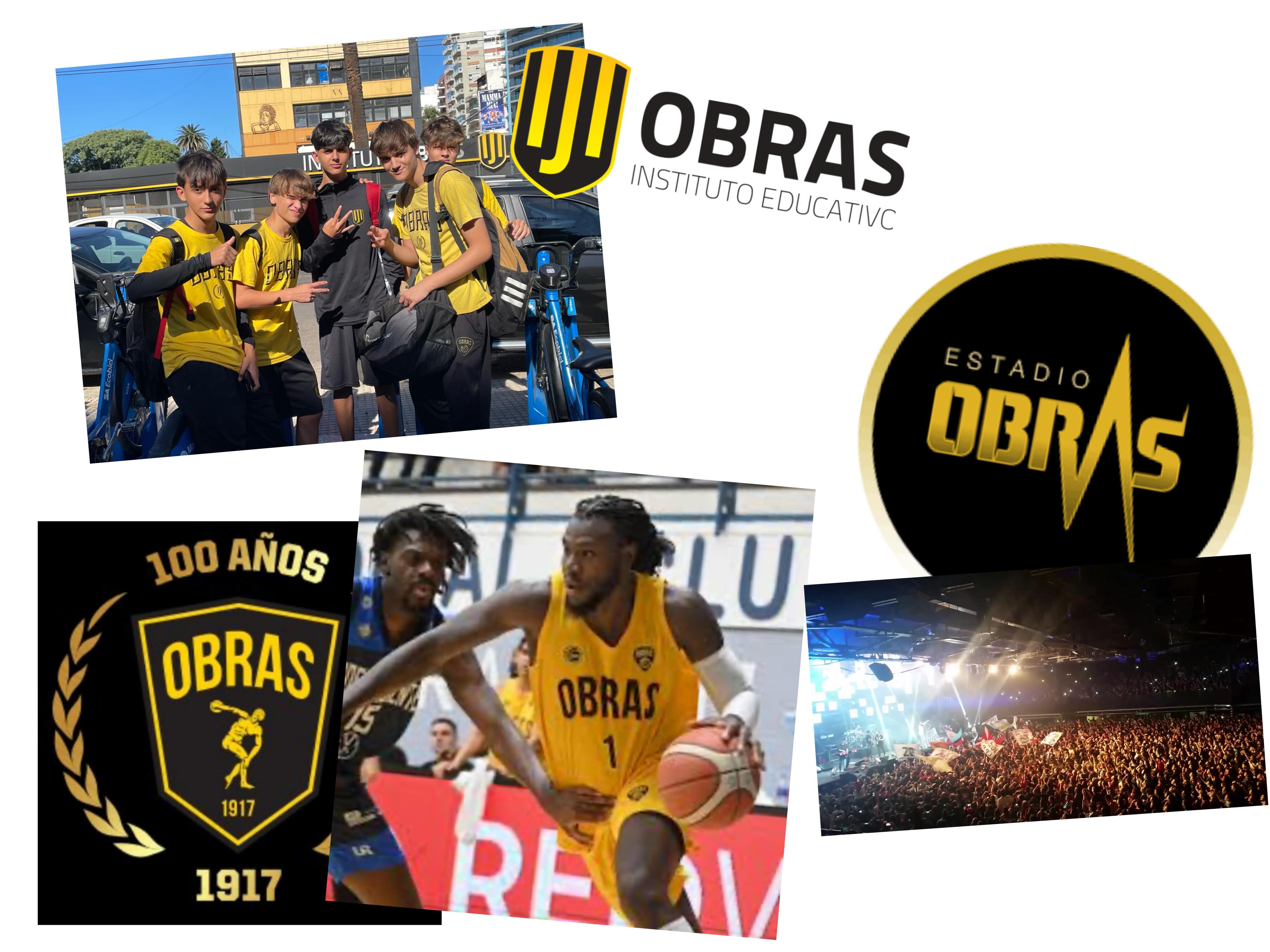
6. Aperó Society
Come nightfall and Nuñez' lovely tree-lined streets sparkle with fairly lights as its corners and sidewalks become bustling bars where friends gather around candle-lit tables in the warm evening. In Buenos Aires, warm weather for 9 months of the year facilitates stylish outdoor aperitif society, and Nuñez, away from the tourist mayhem of Palermo, is a great spot for evening drinking and tapas. Plus, unlike Palermo, there are very few buildings between the neighbouhood and the river, so you get the full effect of the buenos aires (good air) that the city was initially named after, as the clean breeze waves through the streets, calming the night air.
Porteños are not big drinkers, but are definitely partial to an Apero Spritz, Negroni or Gin & Tonic on suggestion. My favourite two spots are Aperó, on the corner of 11 de Septiembre and Iberá, which serves Apero of course, Negronis with sandnwhiches and pickles, and Vereda Adentro, which by day is a closed garage door, and by night transforms into a stylish cocktail and tapas bar.
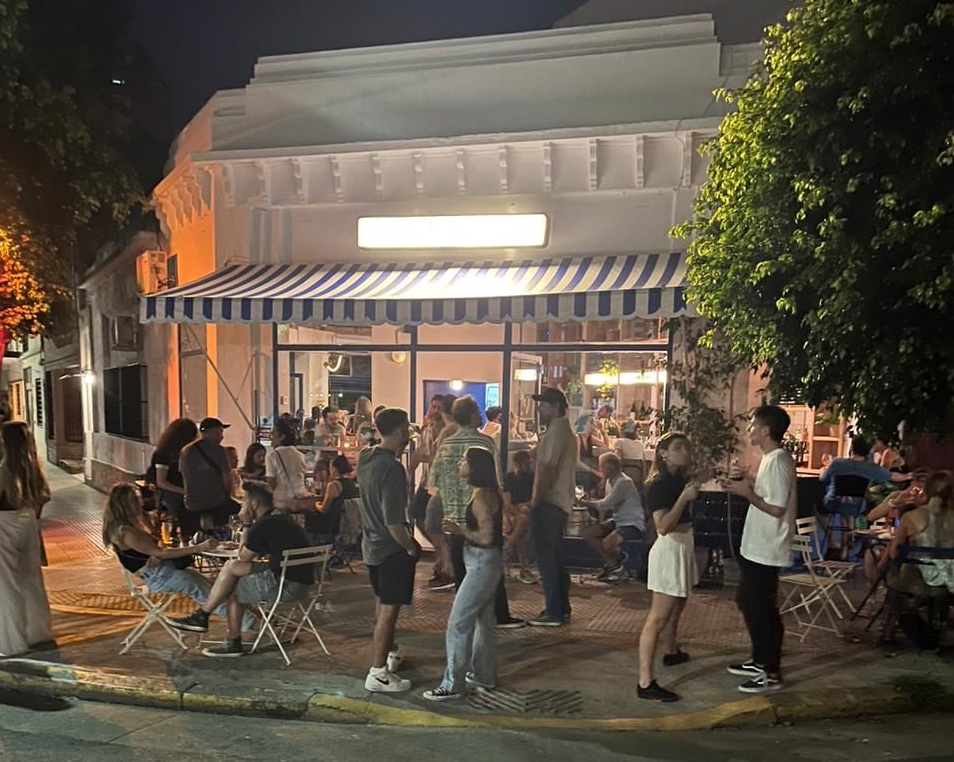
7. Artisan Pride
Nuñez is still full of artisan shops. One of my favourites is Atmosfera Luz where lampshade maker Carlos Menéndez weaves fabrics to make beautiful lamps. Having adopted the neighbourhood's love of plants, every time I walk past Floreria Brues, the mother and son flower business on Iberá and 3 de Febrero, I can't resist treating myself one of their exotic flora, which Gastón and Estela brief me at length about. Carolita Home on Cramer is also well worth a visit, for beautifully made clothes and items for the home.
In terms of artisan eating delights, I often pick up the delicious freshly-made ravioles - pumpkin and mascarpone, lamb and malbec or creamy shrimp - from the aptly named L'Artisan on Avenida Congreso. Meanwhile the best butcher in Buenos Aires in my humble opinion happens to be on Manuela Pedraza. Butcher Vidal is far too humble to have an IG account, but the long queues which form as parrilla makers vye for his best cuts (while the chain butcher opposite remains empty) is testament to the trust that locals place in the surly Peruvian, who warms up a little more with every visit. With just a sprinkle of salt you can slap any of his bife ancho, bife de chorizo, morcilla, mojellas, on your grill at home and the result as good as any restaurant. With its massive Italian population, Buenos Aires is famous for it's ice-cream - inventor of dulce de leche, even Haagan-Dazs stole its recipes. While ice-crean chain brands like Freddo and Rapanui are famous around the continent, each neighbourhood has its own artisan ice-cream parlours and Nuñez has Occo on Montañeses. Favourite flavours: Dulce de leche Coco Crunch and Flan con Dulce de leche. And finally I have to give a shout out to my girl Claudia at Chapeaux hair and nails, who does my nails beautifully and, much to her denial, I insist is a proper artisan of the feet.
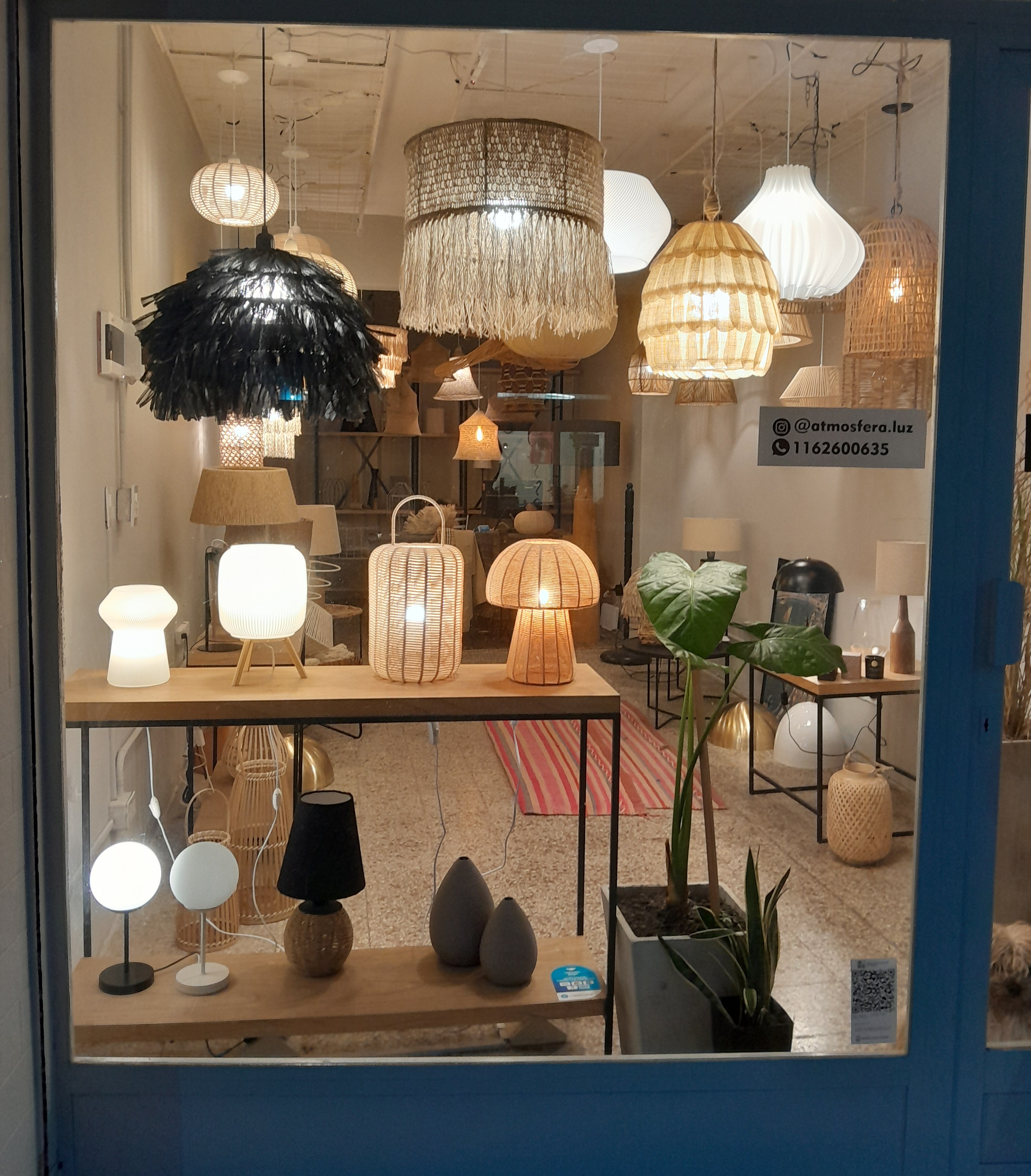 | 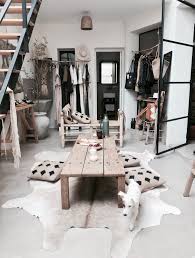 | 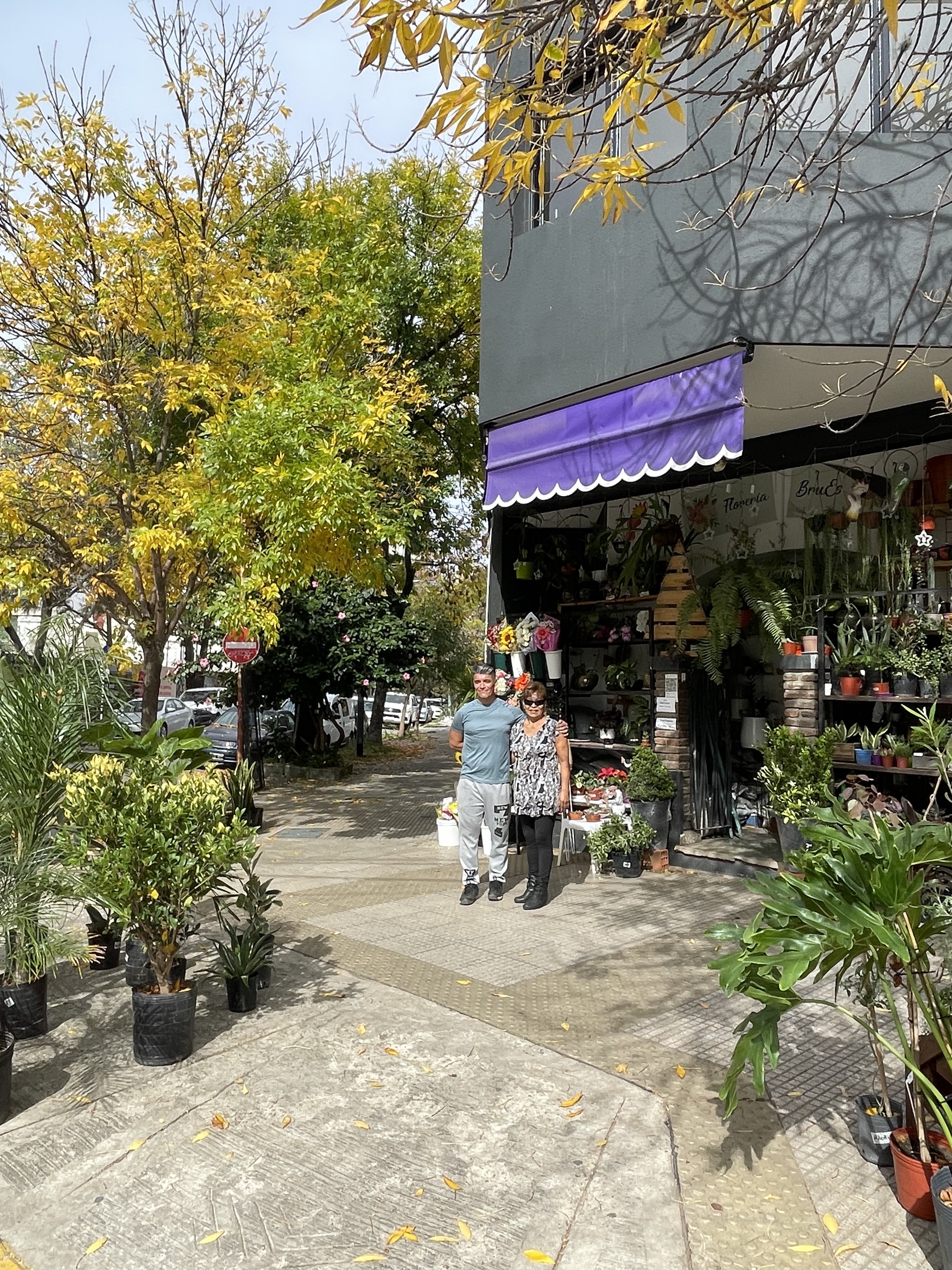 |
8. The Memory Museum
There is a dark side to Nuñez and the ESMA Museum of Memory is there to remind us about it. In 1978, less than a mile from the River Stadium, where Argentina was winning the World Cup, revolutionaries, students-activists, trades unionists and anyone considered a 'threat' to the military government were being tortured and killed at the Military barracks (ESMA). Young men lay barely conscious in their cells and pregnant women were giving birth before being executed, just a block from the Muni on Av. Libertador, could hear the roars of the crowds celebrating Argentina's world cup victory. An estimated 30,000 people 'disappeared' during the military dictatorship, which took power in the 1976 coup d'etat and ended with the Falklands War in 1983. Today the disused barracks are a monument to the victims, and serve as a museum with tours of the torture chambers and guides will tell you the story of what happened and how. Perhaps a rather solemn tourist visit, but in my view an important reminder to all of us how fascism can take over and wreak its damage. It is the physical symbol of Argentina's pledge - nunca mas - never to allow anything like that happen again.
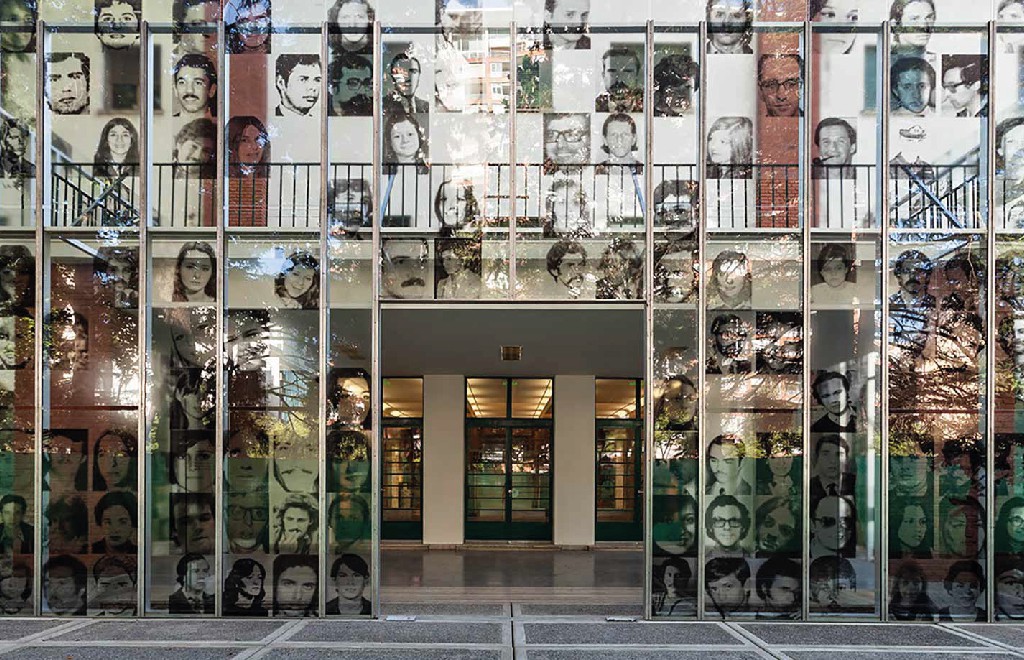
9. The Film School
Argentina is well known for its world class cinema. It is the only Latin American country to have won two Oscars in the foreign language category with El Secreto de us Ojos (The Secret in Their Eyes) and La Historia Oficial (The Offical Version). Both worth seeing by the way. One of the great Argentine Directors, the late Eliseo Subiela (Man Facing Southeast / Hombre mirando al sudeste and The Dark Side of the Heart / El lado oscuro del corazón) has a film school in Nuñez. The School provides short courses aswell as degree titles in different aspects of movie making.
And no.10? We leave that to you. If we have missed a venue, feature or anything that you think we should include, we are open to recommendations and invitations. All the recommendations cited in this article are from personal experience only, unless stated otherwise. We do not use external guides from the internet as a source, only word of mouth. If you would like to recommend or invite us to visit your venue or service in Nuñez please contact us via the contact form
How to get There:
Air Europa offers convenient one-stop service via Madrid. Flights depart from London Gatwick and connect in Madrid before continuing to Buenos Aires’ Ezeiza International Airport (EZE) aboard Air Europa’s Boeing 787 Dreamliner. More info here


